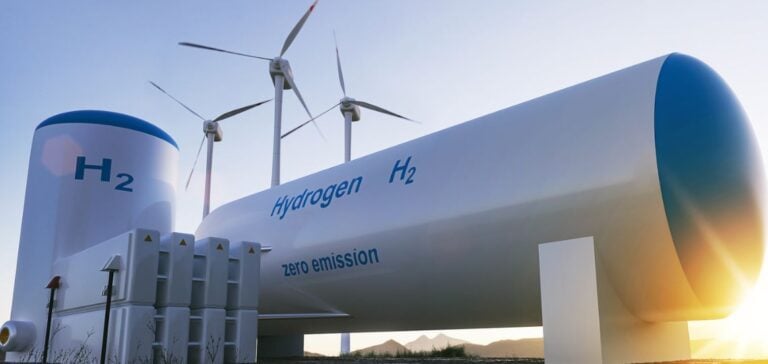The study, commissioned by U.S. Energy Secretary Jennifer Granholm and carried out in collaboration with the Massachusetts Institute of Technology’s Energy Initiative, shows that without low-carbon hydrogenthe cost of eliminating greenhouse gas emissions could rise from $160 billion to $260 billion.
Federal investments in progress
The US government has already begun injecting billions of dollars in federal subsidies and tax credits to encourage the switch from fossil fuels to “clean” hydrogen, produced by electricity or carbon capture technology. In 2021, the Department of Energy has set a goal of reducing the cost of clean hydrogen by 80% to $1 per kilogram within a decade.
The economic challenges of hydrogen
Austin Knight, Vice President of Hydrogen at Chevron Corp. and Chairman of the NPC Hydrogen Study Coordination Subcommittee, expressed concern about the long-term economic viability of hydrogen. Despite investment, “blue” and “green” hydrogen will remain more expensive than carbon-rich alternatives in the Gulf region by 2050.
Infrastructure and innovation
Green hydrogen, produced from carbon-free electricity, requires new infrastructure and manufacturing capacity, unlike blue hydrogen, which can take advantage of existing natural gas and carbon capture infrastructure. The introduction of an economy-wide carbon price is seen as the most effective measure for stimulating the deployment of clean hydrogen.
Recommendations and outlook
Faced with these challenges, the study recommends increasing research and technological development, and extending the life of the current hydrogen production tax credit to ten years. It also highlights the need for interim solutions to move towards carbon neutrality.
The NPC study highlights the urgency and complexity of investing in hydrogen as a key vector for achieving carbon neutrality in the United States. The transition will require not only technological innovation, but also an appropriate regulatory framework to overcome current economic barriers.






















